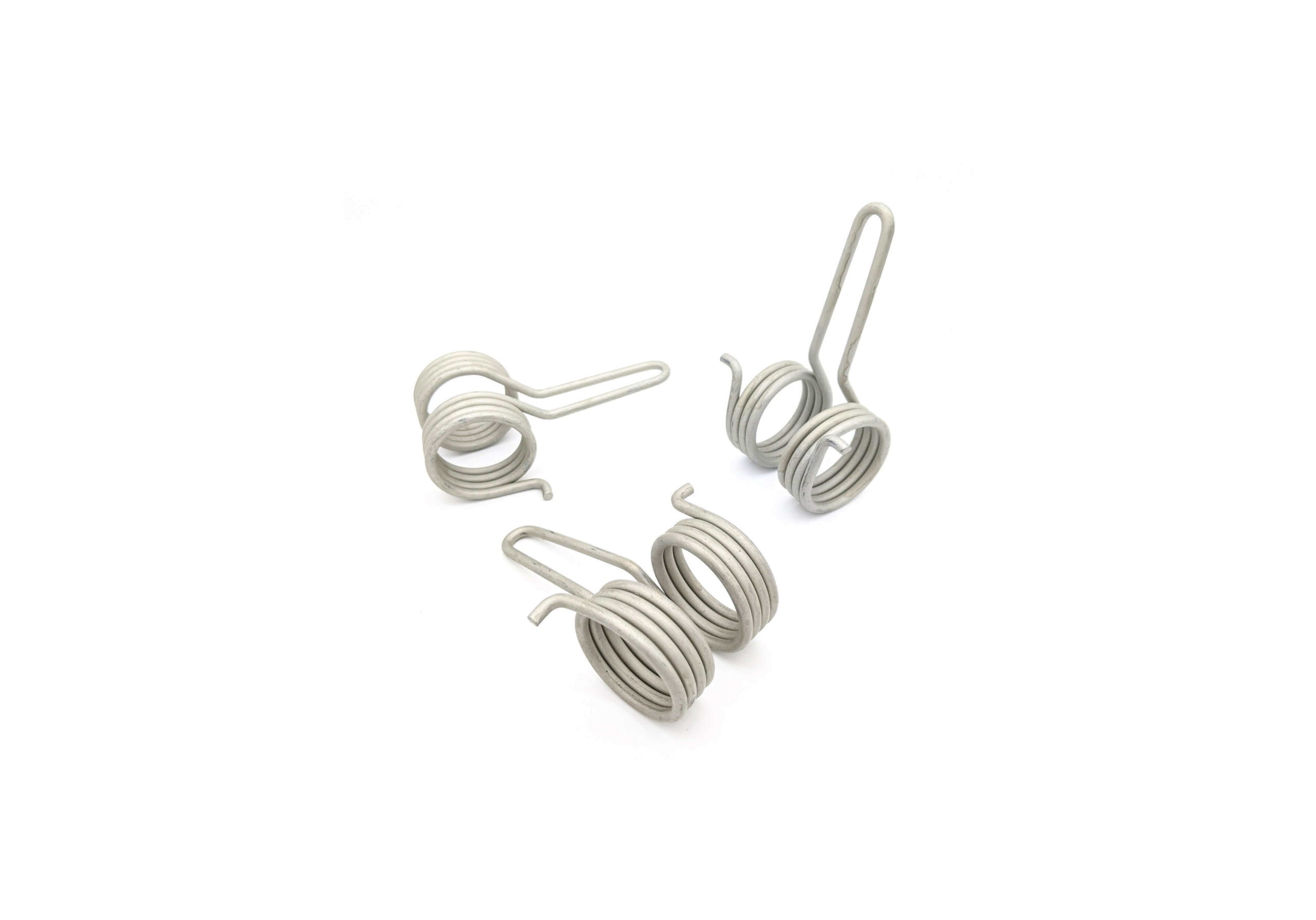Get unique, complex parts easily. No matter your requirements, Chaoyi Spring creates hard-to-produce coil springs and wire forms.
Let us help you create the custom wire form you need, from S-hooks and J-hooks to utility hooks and more.
We work closely with customers across a wide range of industries, helping them design and manufacture made-to-order parts.
Why choose Chaoyi Spring? We prioritize customer-focused collaboration, modern equipment and the latest technology to make your parts per print.
Find the information and guidance you need, from measuring a spring to learning about materials, placing an order and much more.
In the world of mechanical engineering, springs are ubiquitous, playing crucial roles in various applications. While they all function based on the principle of elasticity, different types of springs serve


In the world of mechanical engineering, springs are ubiquitous, playing crucial roles in various applications. While they all function based on the principle of elasticity, different types of springs serve distinct purposes. Two prominent examples are torsion springs and tension springs. Understanding the fundamental differences between these two types is essential for selecting the right spring for your specific needs.

Imagine a spring that doesn't compress or stretch but rather rotates. That's precisely what a torsion spring does. It's designed to store and release energy by twisting. Picture a common door closer. When you open the door, the torsion spring inside the mechanism winds up, storing energy. As you release the door, the spring unwinds, applying a force to close the door smoothly.
Here are the key characteristics of torsion springs:
Tension springs, as the name suggests, operate by stretching. They are commonly used in applications where a force needs to be applied to pull or extend something. For instance, think about the spring inside a retractable pen. When you press the button, the tension spring extends, pushing the pen out. Once you release the button, the spring retracts, pulling the pen back in.
Here's a closer look at tension springs:
The table below summarizes the core differences between torsion and tension springs:
| Feature | Torsion Spring | Tension Spring |
|---|---|---|
| Loading | Torque (twisting) | Force (pulling or stretching) |
| Motion | Rotation | Linear extension or contraction |
| Application | Door closers, garage door openers, tensioning mechanisms | Retractable pens, door hinges, spring-loaded clamps |
| Design | Coiled with turns touching or overlapping | Coiled with turns touching or overlapping |
| Stiffness Measurement | Torque per angle | Force per distance |
Selecting the appropriate spring type hinges on the specific needs of your application. If you require rotational motion and energy storage through twisting, a torsion spring is the way to go. For applications that need linear extension and retraction, a tension spring is the better choice.
Consider these factors when making your selection:
Consulting with a spring manufacturing expert can provide valuable insights and help you select the right spring for your specific needs.
Torsion springs and tension springs, though similar in appearance, have distinct functions and are designed for different applications. Understanding their core differences and carefully considering your application requirements is crucial for selecting the optimal spring type, ensuring smooth operation and optimal performance.
In conclusion, choosing the right type of spring for your project is crucial for ensuring smooth operation and long-term performance. Whether you need to control rotational motion or linear extension, the choice between torsion and tension springs comes down to your application's specific requirements.
Browse some of the custom wire forms and springs that we manufacture. Don’t see what you need? We specialize in made-to-order products that meet your application requirements.
Visit Our GalleryNeed a custom wire form or coil spring? We make it work. Fill out the contact form and a representative will respond within 1 business day. If you have a PDF or CAD file, you can submit to request a quote.